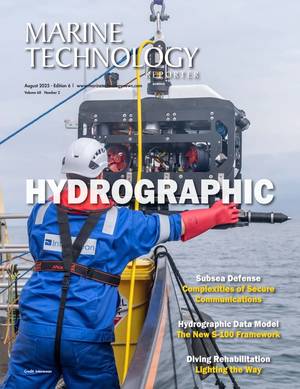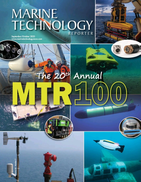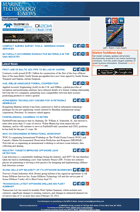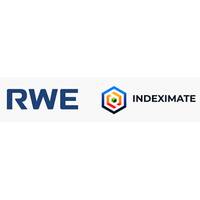
Indeximate Demos Cable Health Monitoring Tech on RWE Subsea Cables
assets, understand remaining life and benefit from early warning and detection of cable flaws. New fiber sensing and data compression approaches are enabling the offshore wind industry to reevaluate cable monitoring and the extent of insights that can be gathered on cable health, environment and the water column
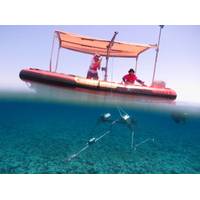
Lander Lab: Cost Efficiency of Baited Ocean Landers
such as bottom trawls and seine nets. Both are time-consuming and expensive. Choosing an efficient and cost-effective sampling method to establish baselines and monitor biodiversity is an important consideration in an ecological study.Two non-invasive techniques for monitoring the sea life in the full water column of a chosen site were considered: baited camera systems, and metabarcoding of environmental DNA (eDNA). Cost comparisons, strengths, weaknesses, and measures of effectiveness are determined.“While the area of study was localized,” writes Clark in her paper, “the findings presented
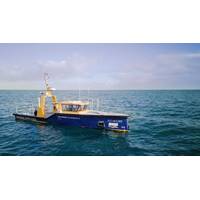
Down Under
Excellence Award for his involvement in AusSeabed. Hurst was pivotal in developing a quality assurance tool and a survey coordination tool which aims to get everyone who is interested in seabed data on the same page regardless of whether they are interested in bathymetric data, seabed samples, water column or backscatter data. “Sending a vessel out to capture this data is expensive, so it’s absolutely critical to understand where the priority areas are, who needs the data, and what types of data need to be collected in order to maximize value,” says Hurst.WASSPIn New Zealand, WASSP
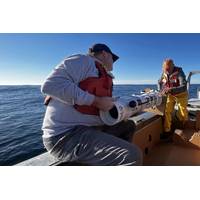
Marine Heatwaves Impact Food Webs
Institute, Xiamen University, the University of British Columbia, the University of Southern Denmark, and Fisheries and Oceans Canada.To explore the impacts of marine heatwaves on ocean food webs and carbon flows, the research team combined multiple datasets that tracked biological conditions in the water column in the Gulf of Alaska for more than a decade. This region experienced two successive marine heatwaves during this time, one from 2013 to 2015 known as “The Blob,” and another from 2019 to 2020.“The ocean has a biological carbon pump, which normally acts like a conveyor belt carrying
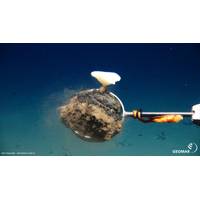
Third Phase of Deep-Sea Mining Impact Research Begins
into the spatial and temporal variability of the deep-sea environment and the genetic connectivity of species across thousands of kilometers.Scientists are also investigating how toxic substances released and habitats destroyed by mining could affect faunal communities on the seafloor and in the water column.Based on these findings, the project aims to develop indicators of ecosystem health and to define threshold values for serious harm. In addition, MiningImpact3 is developing digital twin technologies as new tools to monitor and regulate mining activities.Broader questions of ocean governance and
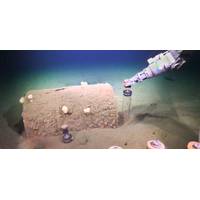
Barrels of Caustic Waste Found Off California
, likely do more harm than good.“The highest concentrations of DDT are buried around 4 or 5 centimeters below the surface — so it’s kind of contained,” said Jensen. “If you tried to suction that up you would create a huge sediment plume and stir that contamination into the water column.”The study was published in the Proceedings of the National Academy of Sciences Nexus and supported by NOAA and the University of Southern California’s Sea Grant program.In addition to Gutleben, Jensen and Levin, Sheila Podell, Douglas Sweeney and Carlos Neira of Scripps Oceanography
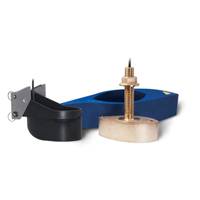
Airmar Expands Medium Frequency Ultra-Wide Chirp Line
smaller targets with high-resolution detail.Together, the medium and high frequency capabilities of these models provide optimal performance from shallow waters down to 1,300 feet (400 meters), says Airmar, making them perfect for anglers targeting fish, especially pelagic species which can roam mid water column.“Anglers who target fish from just below the surface to depths beyond 1,000 feet have never had access to this amount of coverage around their boat,” said Jennifer Matsis, Vice President of Sales and Marketing at Airmar. “A beamwidth of up to 73° in the medium frequency range
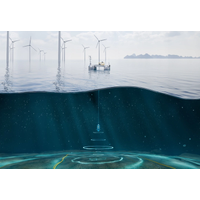
Robosys Automation Aims to Streamline Offshore Wind Environmental Data Collection
with a range of environmental sensors (eDNA, ADCP, acoustics) to collect comprehensive, real-time data on marine life, water quality, and environmental changes.The PROJECT ORACLES consortium will develop the dynamic positioning system, a BVLOS (beyond visual line of sight) winch profiling system for water column data collection, and it will then integrate multiple sensors delivering a novel and highly effective output, together with automated ballasting.Robosys Automation will additionally deliver a new capability to operate multiple USVs being operated from a single remote operations center.ACUA&rsquo
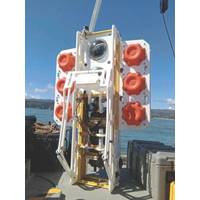
Lander Lab: Chilean Ocean Lander Data Acquisition and Control System
Terminal or a Graphical User Interface (GUI) that can be built in the future. Serial port 0 is reserved for accessing the IDE when updating the firmware.Firmware DevelopmentThe firmware for this system provides a comprehensive solution for the high sampling rate required when the lander profiles the water column down and back, and the low sampling rate required when it reaches the seabed. As shown in the flowchart in Fig. 4, the user can enable a premonitoring cycle to verify the correct sampling of the sensors. To activate this function, the user toggles a reed switch using an external magnet. Premonitoring
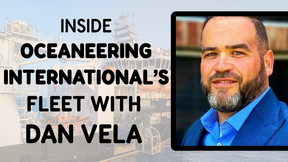
 August 2025
August 2025
